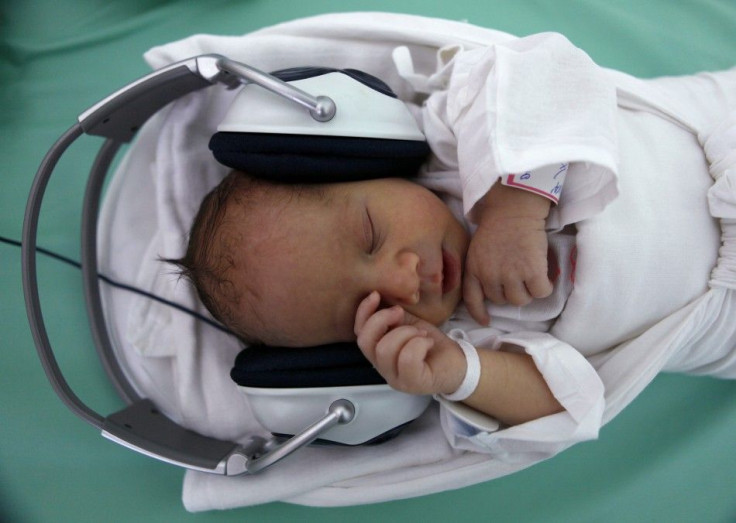U.S. Circumcision Rate Drops Slightly, Research Shows

The rate of in-hospital circumcisions on newborn boys in the U.S. has dropped over the past decade, new research shows.
Researchers at the U.S. Centers for Disease Control and Prevention studied in-hospital circumcision data from 1999 through 2010.
Newborn male circumcision levels in the U.S. remain relatively high, but have declined slightly, CDC spokesperson Scott Bryan said, the medical Web site DoctorsLounge.com reported.
Researchers used data from the National Center for Health Statistics, the Agency for Healthcare Research and Quality, and SDI Health.
Data from one source showed that in-hospital circumcision rates fell from 62.5 percent in 1999 to 56.9 percent in 2008. Another showed the rates go from 63.5 percent in 1999 to 56.3 percent in 2008. The third showed the rates go from 58.4 percent in 2001 to 54.7 percent in 2010.
But researchers noted that these data sources underestimate the actual rate of newborn male circumcision, as circumcision rates within communities were not taken into account.
Health coverage might have something to do with declining in-hospital rates, researchers suggested.
A recent study found that, after controlling for other factors, hospitals in states in which Medicaid covers routine male circumcision had circumcision rates that were 24 percentage points higher than hospitals in states without such coverage, researchers wrote.
The research findings were published in the CDC's Morbidity and Mortality Weekly Report.
© Copyright IBTimes 2024. All rights reserved.





















